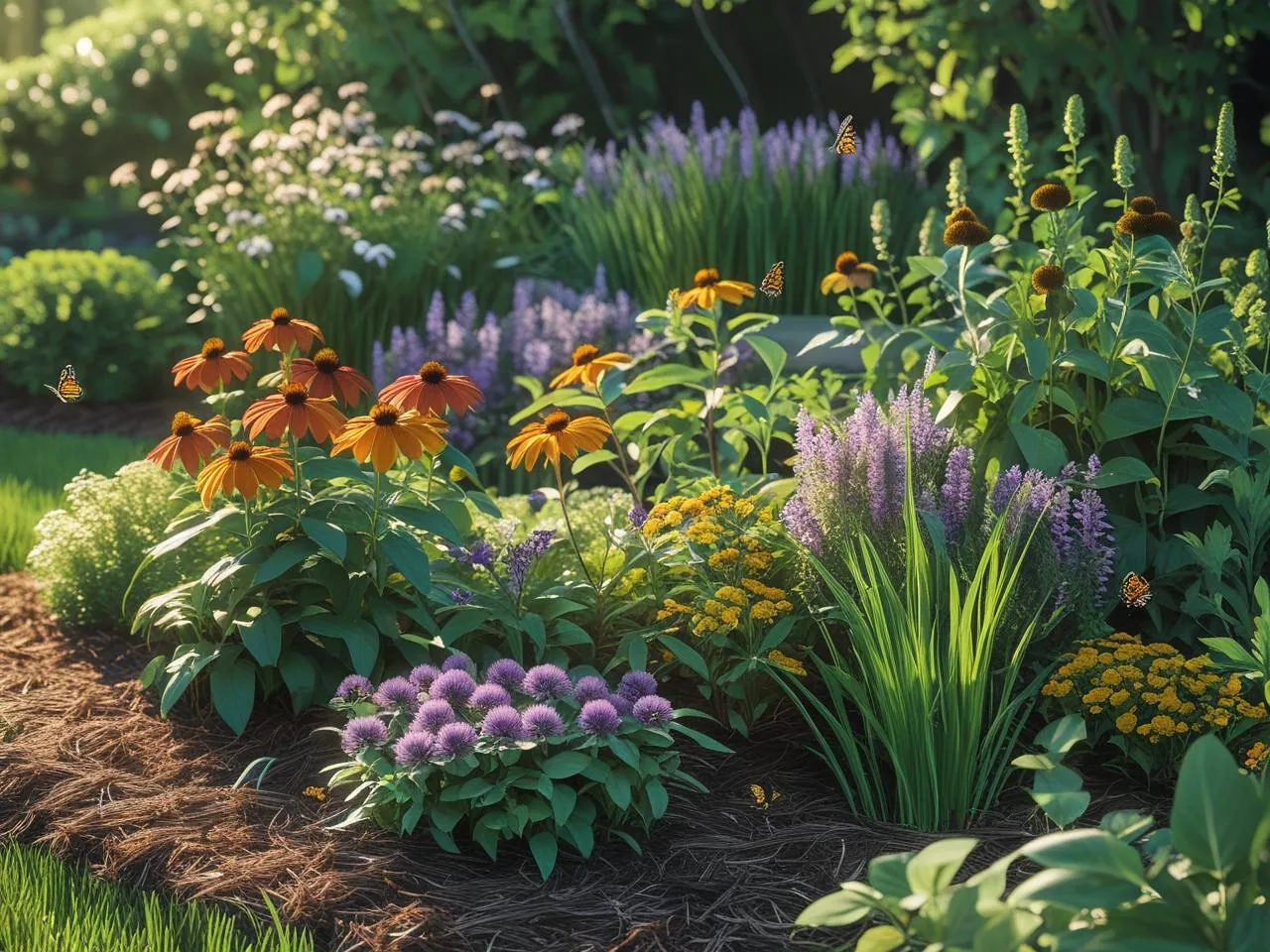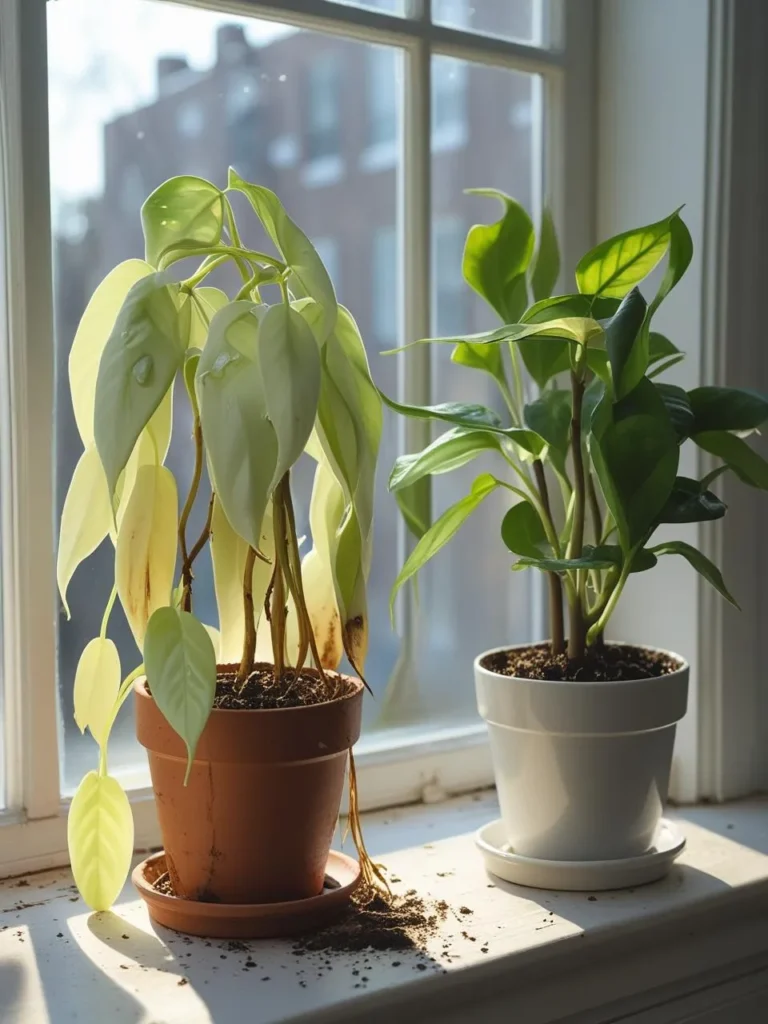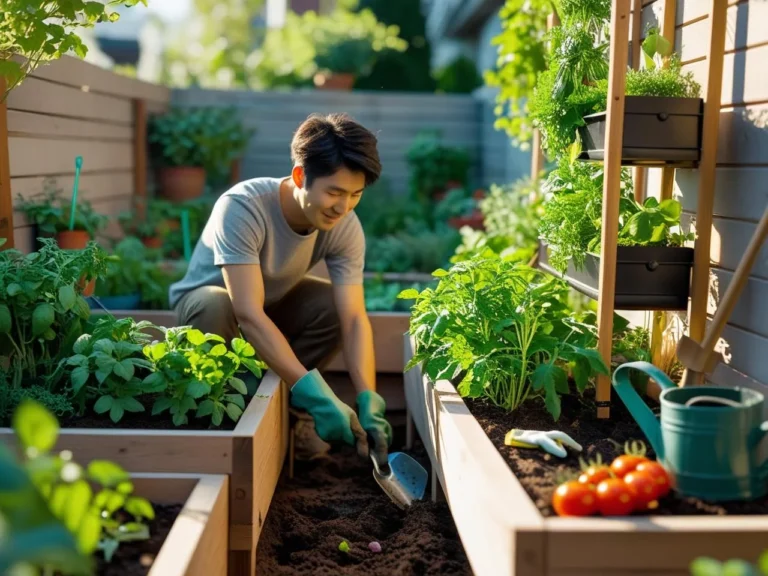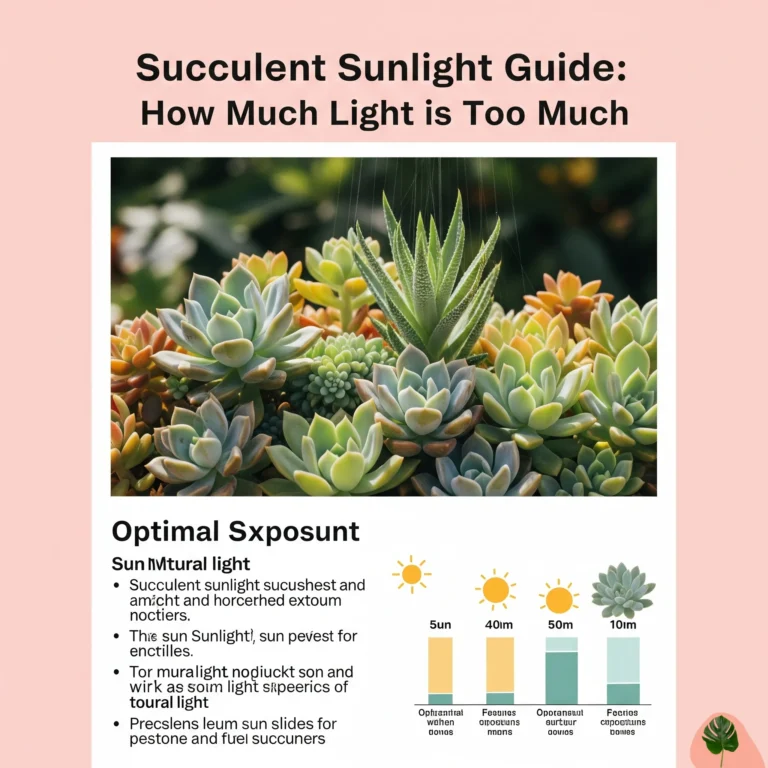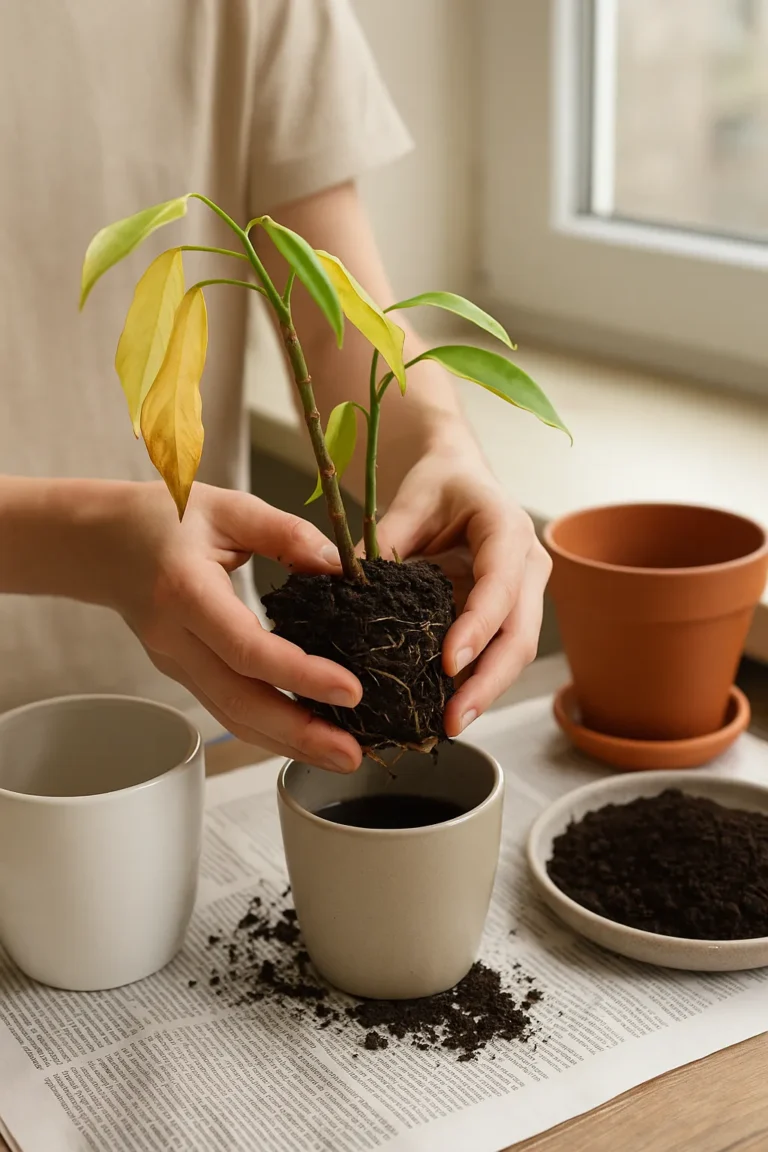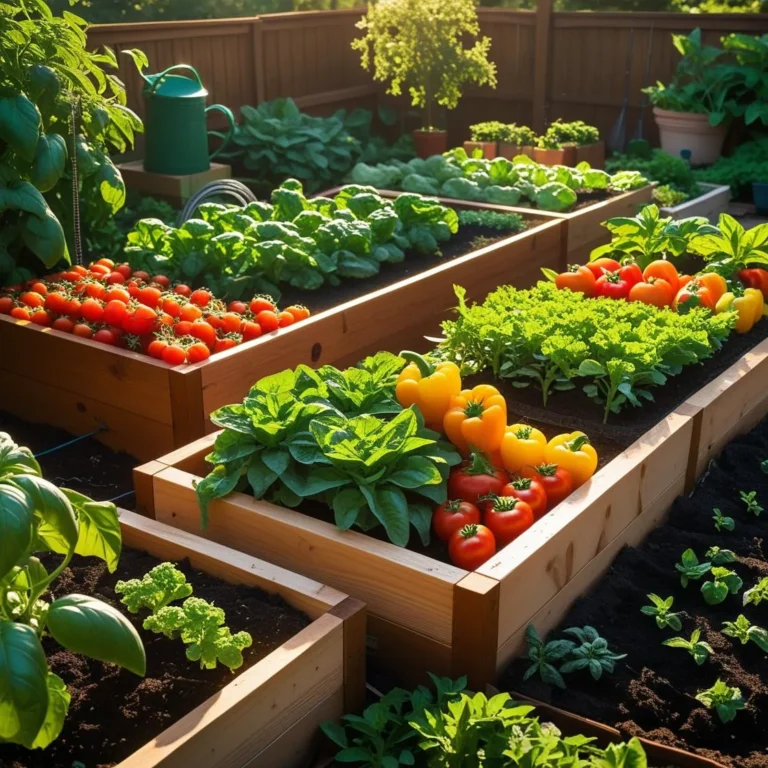Top 10 Native Plants for Low-Maintenance Landscaping
Want a beautiful yard without all the work? Native plants for low-maintenance landscaping are the perfect answer for busy homeowners who still want stunning outdoor spaces. These remarkable plants are naturally adapted to your region’s climate, soil, and rainfall patterns, which means they require significantly less watering, fertilizing, and pest control than traditional garden varieties.
Native plants aren’t just easy to care for—they’re ecological powerhouses that attract beneficial pollinators like bees and butterflies while supporting local wildlife. Here’s a curated list of the top 10 native plants that deliver both beauty and low-effort gardening success.
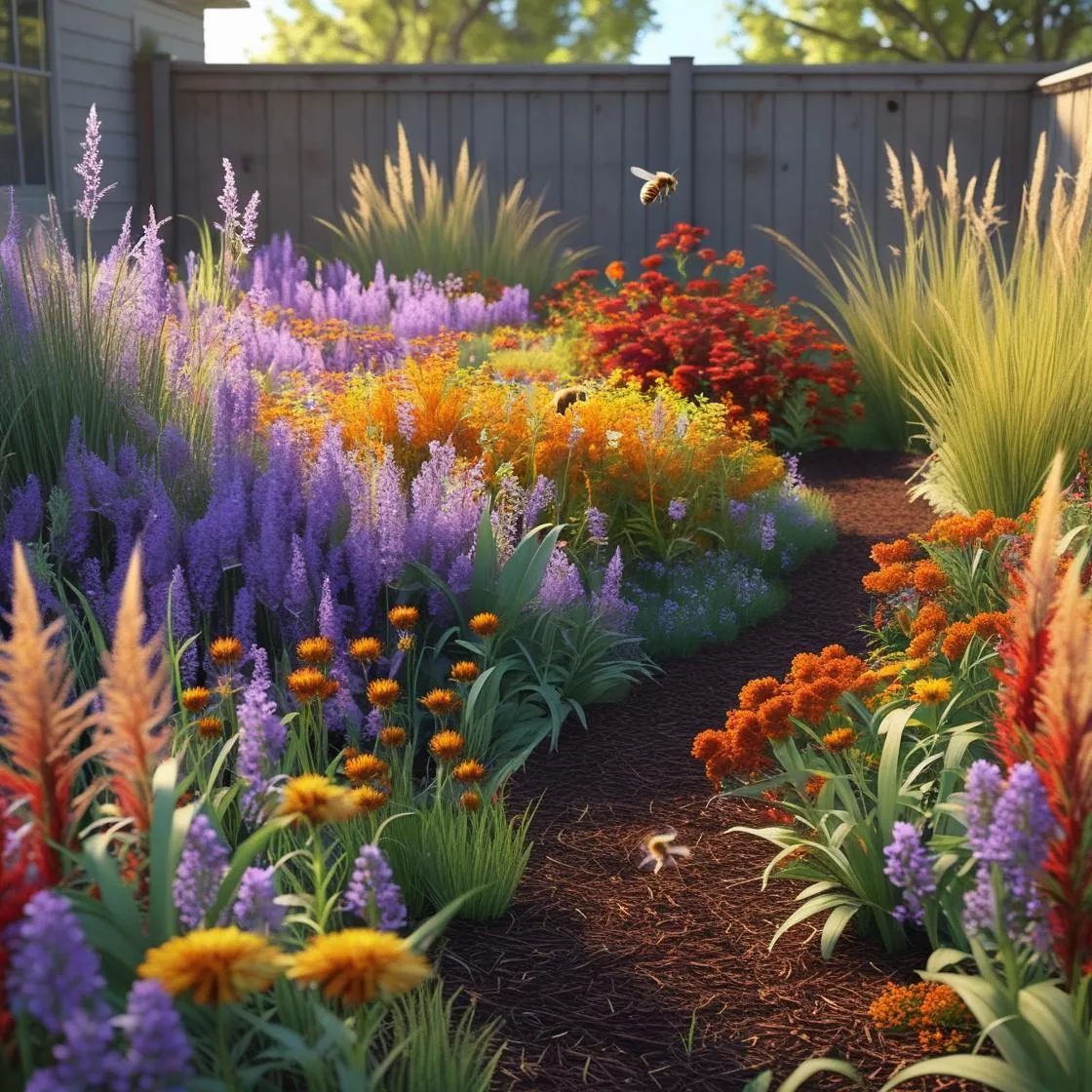
Why Choose Native Plants for Landscaping 🪴
Native plants offer incredible advantages for drought-tolerant native species gardening. Once established, these hardy performers thrive without synthetic fertilizers or pesticides because they’ve evolved alongside local soil microbes and beneficial insects. They’re naturally resistant to regional pests and diseases, eliminating the need for chemical interventions.
These beginner-friendly native plants require minimal watering after their first growing season, making them perfect for no-maintenance yard ideas. Plus, they create habitat for local wildlife, supporting biodiversity right in your backyard.
📌 Tip: Native doesn’t mean boring — it means balanced and beautiful!
Top 10 Native Plants for Low-Maintenance Gardens 📋
| Plant Name | Region Best Suited | What Makes It Low-Maintenance |
|---|---|---|
| Coneflower 🌸 | Midwest, East | Drought-tolerant, self-seeds easily |
| Black-Eyed Susan 🌼 | Most of U.S. | Tough, long bloom season |
| Milkweed 🐛 | Nationwide | Pollinator magnet, hardy |
| Switchgrass 🌾 | Central, East | Minimal watering, ornamental structure |
| Yarrow 🌾 | Dry climates | Fast-growing, resilient to heat |
| Coreopsis 🌼 | South, Midwest | Long blooming, low water need |
| California Poppy 🌺 | West Coast | Self-seeds, thrives in poor soil |
| Blazing Star 🌸 | Central, Great Plains | Handles drought, great for bees |
| Bee Balm 🐝 | Northeast, Midwest | Easy-care, colorful, edible flowers |
| Oregon Grape 🌿 | Pacific Northwest | Evergreen shrub, pest-resistant |
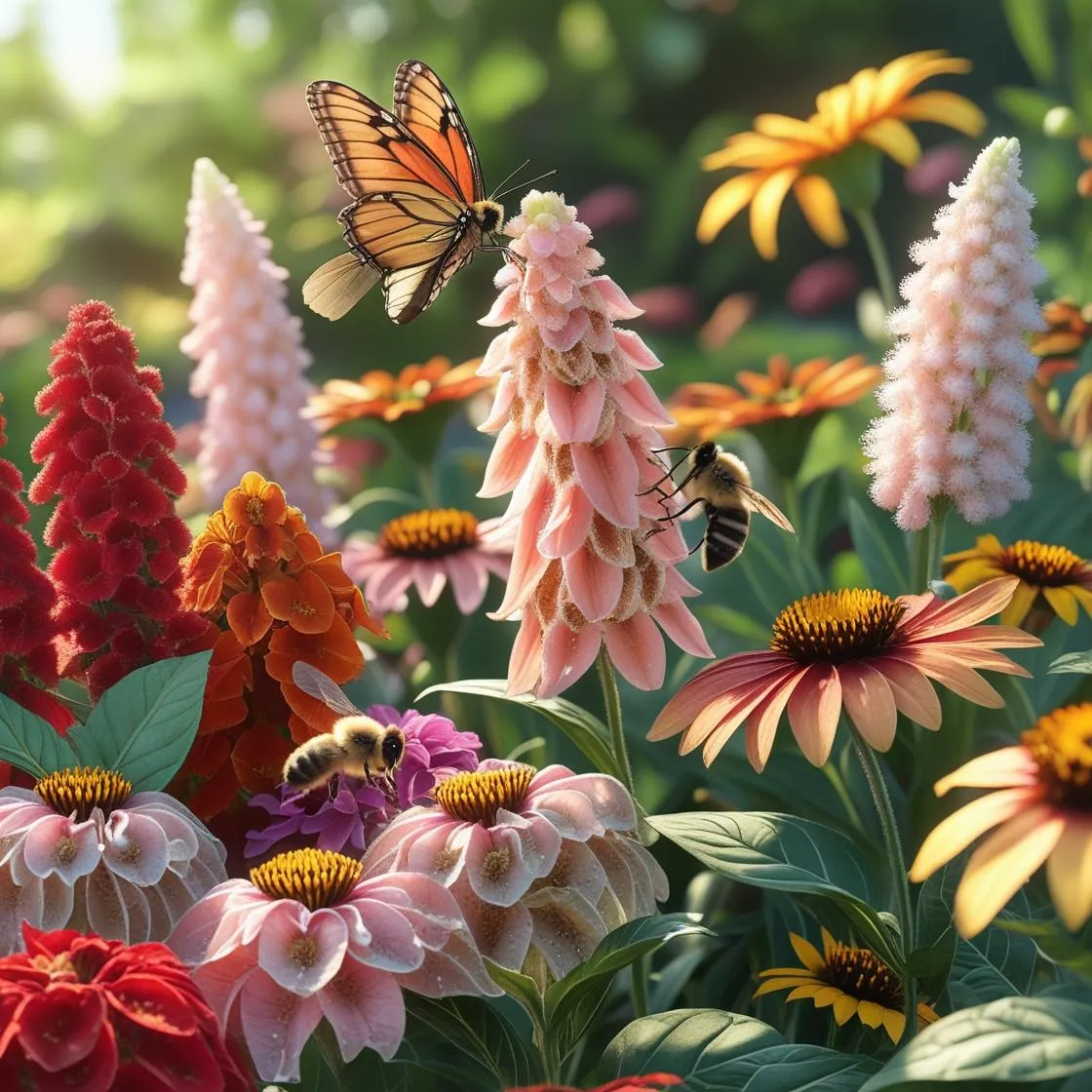
How to Plant & Care for These Natives 🌱
Getting started with easy native landscaping plants is simpler than you might think. Most natives prefer full sun to partial shade, but always check specific requirements for your chosen varieties. During the first growing season, water regularly to help establish strong root systems—after that, natural rainfall typically provides sufficient moisture.
Avoid chemical fertilizers, which can actually harm native plants by promoting excessive leaf growth at the expense of flowers and seeds. Instead, apply a thin layer of organic mulch around plants to retain soil moisture and suppress weeds naturally.
🌱 Smart Tip: Group native plants together by water needs for even easier care!
Regional Native Favorites by U.S. Zone 📋
| U.S. Region | Recommended Natives |
|---|---|
| Northeast | Bee Balm, Switchgrass, Yarrow |
| Midwest | Coneflower, Black-Eyed Susan, Milkweed |
| Southeast | Coreopsis, Blazing Star, Beautyberry |
| Southwest | California Poppy, Yarrow, Penstemon |
| Pacific Northwest | Oregon Grape, Red Columbine, Lupine |
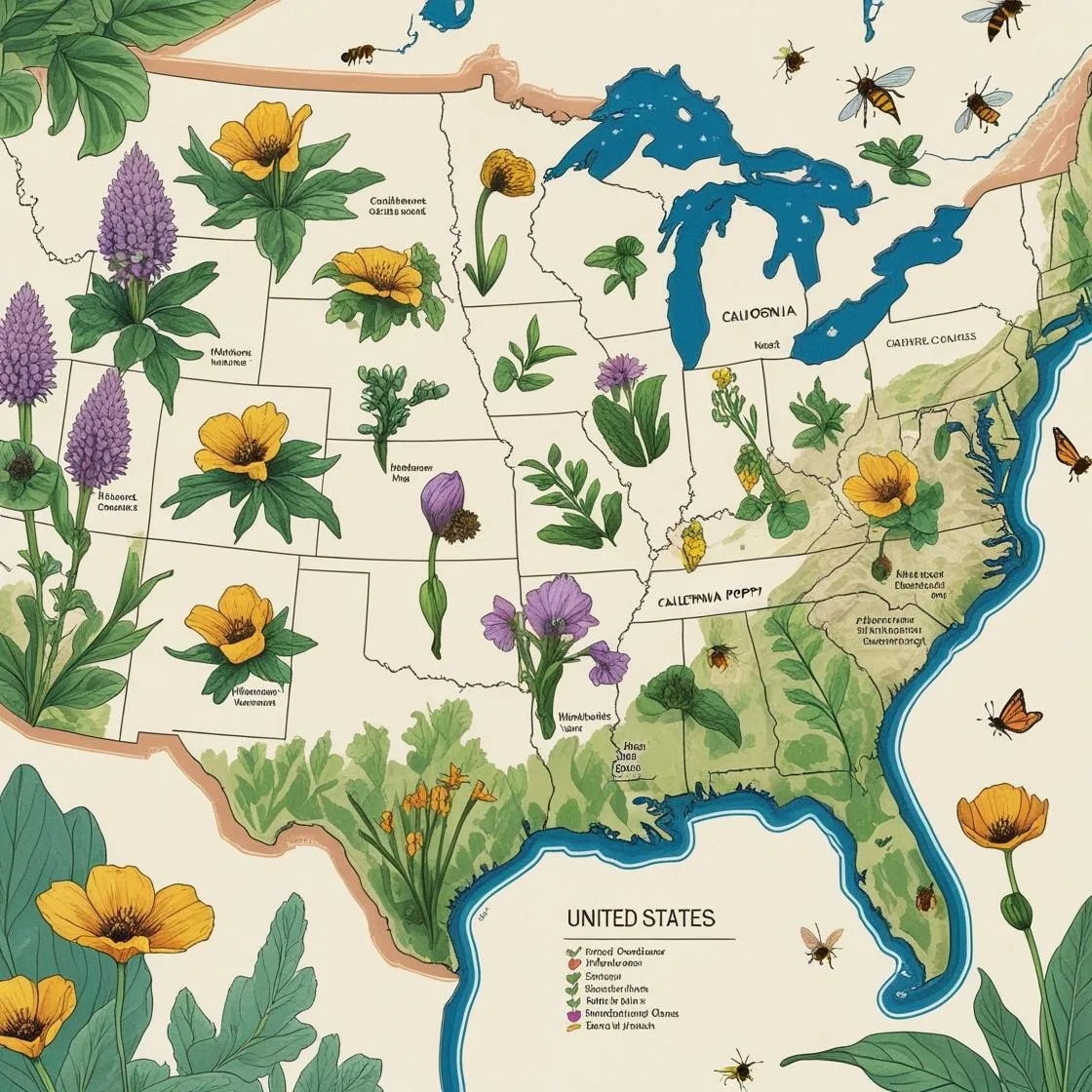
Design Tips for a Native Yard That Looks Great 🌼
Creating stunning low-water garden plants displays requires thoughtful planning. Use native ornamental grasses like switchgrass to add soft texture and winter interest when perennial flowers have finished blooming. Plant in clusters of 3-5 identical species rather than single specimens for maximum visual impact and easier maintenance.
Plan for staggered bloom times by selecting plants that flower in spring, summer, and fall. This strategy ensures continuous color throughout the growing season while providing nectar sources for pollinators when they need it most.
🐝 Bonus: You’ll attract pollinators without extra effort!
Combine perennials with native shrubs to create natural structure and provide year-round interest. Native shrubs like Oregon grape or beautyberry offer berries for birds while requiring virtually no care once established.
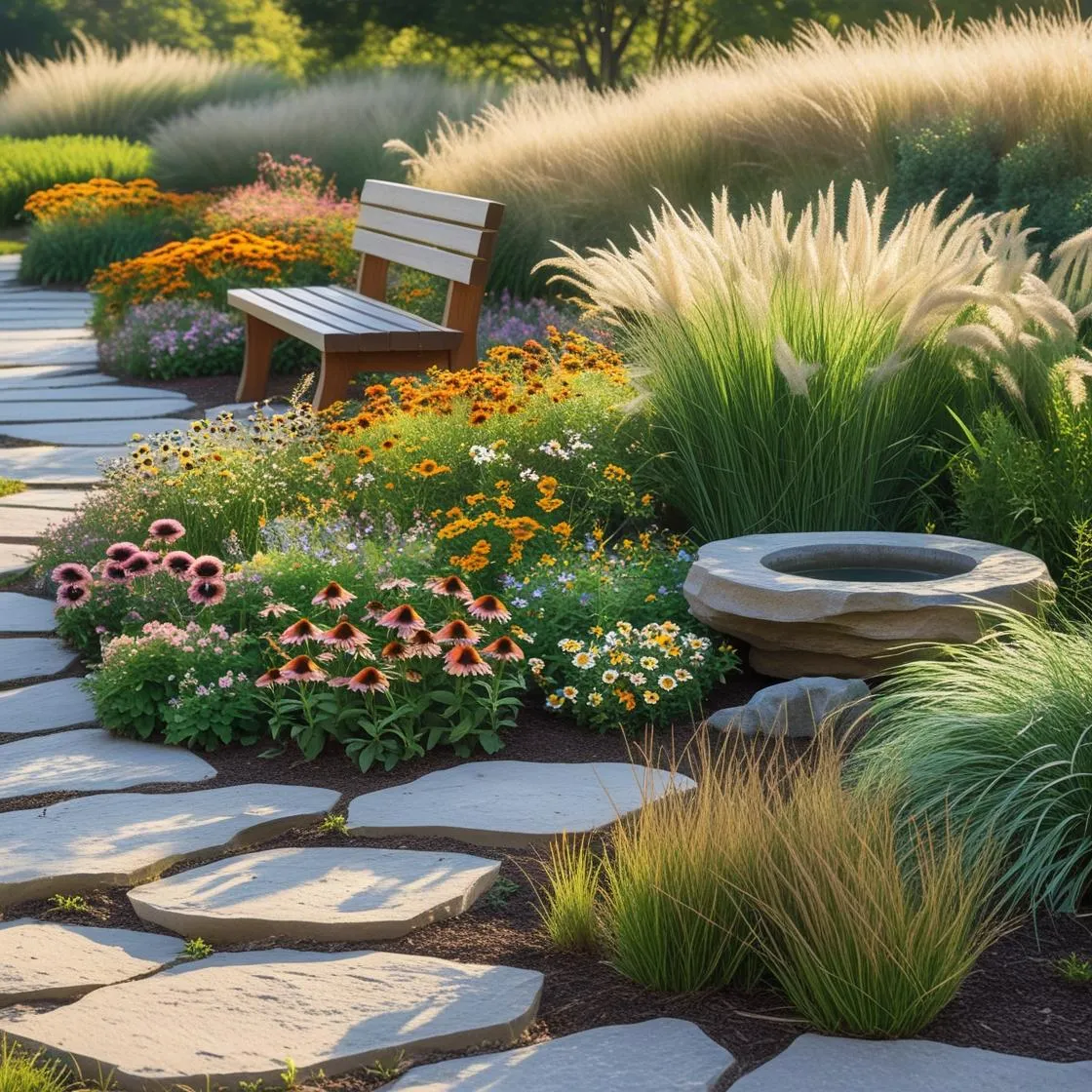
Conclusion 🐝
Native plants for low-maintenance landscaping offer the perfect solution for homeowners who want beautiful gardens without constant upkeep. These remarkable plants provide wildlife habitat, reduce water consumption, and eliminate the need for chemical inputs—all while delivering stunning seasonal displays.
Try starting with just 2-3 plants from this list and expand your native garden gradually. Your yard will thrive with minimal effort, and you’ll be supporting local ecosystems at the same time.
🌱 No pesticides needed — these plants are built for your climate!
Ready to transform your landscape? Choose native plants suited to your region and watch your garden flourish with nature’s own low-maintenance design.

